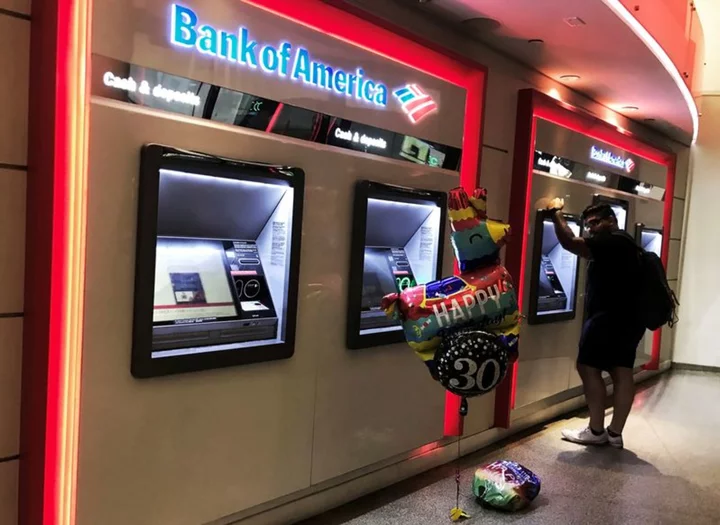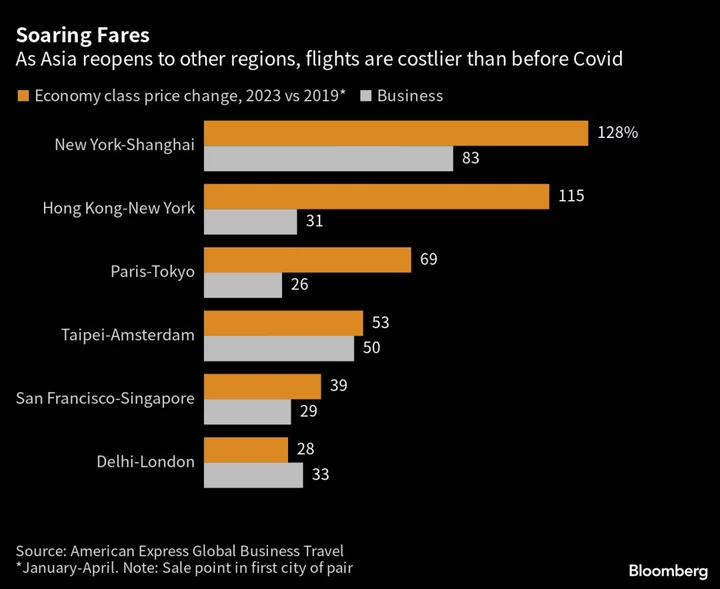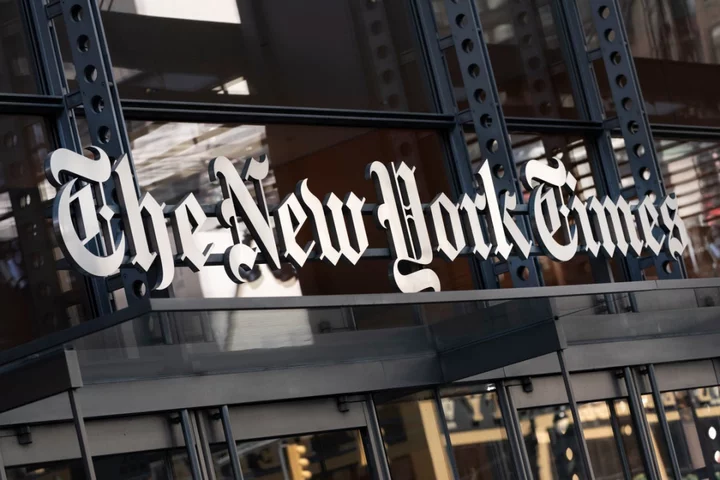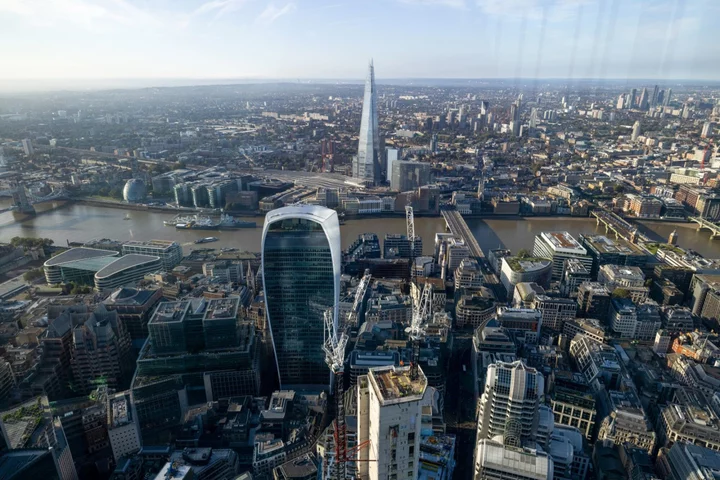WASHINGTON Big U.S. banks on Tuesday said higher interest rates had helped boost profits in the second quarter, causing shares to spike, but a pullback in consumer spending, slower loan growth and increased deposit costs may cloud the outlook for the sector.
Bank of America and Bank of New York Mellon Corp, two of the country's largest lenders, earned a windfall from charging clients higher interest rates as the Federal Reserve raised borrowing costs to rein in stubborn inflation.
Bank of America's net interest income (NII), which measures the difference between what banks earn on loans and pay out on deposits, rose 14% to $14.2 billion in the second quarter, helping it to beat Wall Street estimates. The bank said it expects full year NII to be up about 8% at about $57 billion.
BNY Mellon also beat analyst estimates thanks to a 33% rise in net interest income to $1.1 billion, while PNC Financial Services Group, a major regional lender, reported a 15% jump in NII to $3.51 billion for the second quarter.
That was in contrast with U.S. custodian bank State Street warning on Friday of a further decline of 12-18% on net interest income on a sequential basis, driven by lower deposit levels. Deposits at large banks have been dropping as consumers move money in search of higher yields.
"Net interest margin seems to be somewhat increasing and the earnings seem to be good," said Robert Pavlik, senior portfolio manager at Dakota Wealth, but added some investors were waiting on more regional bank earnings to get a better picture of the sector outlook before rejigging their portfolios.
"A lot of people are just waiting for a little bit more on the earnings front."
Bank of America jumped nearly 5% on Tuesday, while BNY was also up nearly 5%. The S&P 500 Banks index was up 2%, while the KBW Regional Banking index was up more than 3% to highest levels since late March.
JPMorgan Chase, Wells Fargo and Citigroup likewise said on Friday they got a profit boost from higher rates and painted a picture of a resilient economy, but also warned of risks ahead with U.S. consumers pulling back on spending and loan growth expected to slow.
Those warnings were echoed on Tuesday by PNC, which cut its forecast for full-year NII, casting a shadow over its second-quarter earnings beat. The bank estimated NII will rise 5% to 6% in 2023 from last year, compared with its previous forecast of 6% to 8%. That decline is due to modestly lower loan growth and slightly higher deposit costs. Still, its stock was up 3.5%.
The results follow a tumultuous first quarter in which a banking crisis, triggered by the collapse of Silicon Valley Bank, led panicked consumers to yank deposits. That has forced some banks to offer consumers higher returns to deter them from moving their deposits to competitors.
Charles Schwab on Tuesday said its NII had slumped 10% to $2.29 billion in the second quarter, as some clients have been moving cash to alternatives that fetch better returns. However, its shares were up 12%.
Wall Street titan Morgan Stanley said NII of $2.2 billion was virtually flat versus the prior quarter, and that the bank did not expect NII to expand.
Overall, the bank's profit slipped 18% in the second quarter as Wall Street's deal-making drought stunted revenue from investment banking, although investors were cheered by executives' positive outlook for M&A. Its shares were up 6%.
Investment banking and trading were also a drag on earnings for big banks on Friday, although JPMorgan said the bank was seeing “green shoots” in trading and investment banking.
In contrast, BofA said on Tuesday that its investment banking business and trading fared better than expected.
(Reporting by Mehnaz Yasmin, Niket Nishant, Manya Saini in Bengaluru and Saeed Azhar, Tatiana Bautzer in New York and by Lance Tupper, Johann Cherian; Writing by Michelle Price; editing by Megan Davies and Nick Zieminski)









